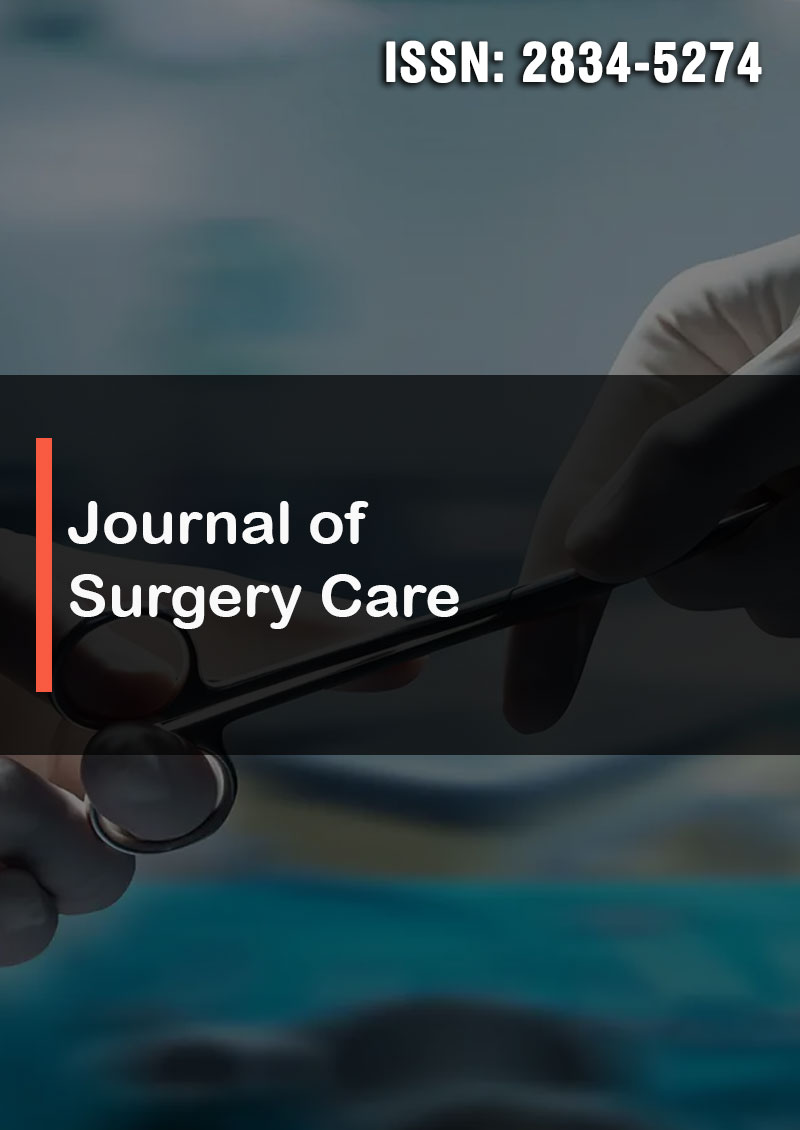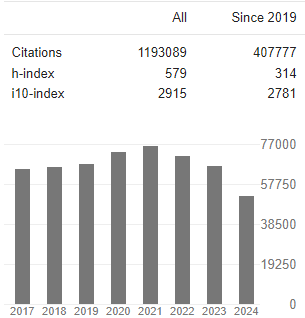Prevalence of Surgical Site infections among Surgical operated patients in Zewditu Memorial Hospital. Addis Ababa Ethiopia December 2020.
Abstract
Girma Abdissa, Shiferaw Bekele, Eyakem Abraham
Background: Surgical site infections are the most common kinds of hospital-acquired infections. It's a common complication that can cause serious morbidity and mortality after surgery. It is also the major cause of extended hospital stays, accounting for up to 20% of hospital expenses.
Methods and Materials: A random sample of 144 surgical patients was analyzed utilizing a hospital-based retrospective cross-sectional study technique from January 1 to December 31, 2019. The information was acquired using a World Health Organization-developed modified standardized checklist for surgery safety and the national surveillance network for nosocomial infections. A rigorous random sampling strategy was used to choose study participants. Descriptive statistics such as frequency and percentage were used to describe the data.
Result: A total of 13 of the 144 patients who were operated on had surgical site infections (9.02 percent). Elective surgical cases made up 102 (71%) of the total, while emergency surgical cases comprised 42 (29%). Preventive antibiotics were administered to the remaining 99 (69%) research participants, with 73 (73%) receiving ceftriaxone, 3% receiving ampicillin, and 23 (24%) receiving a combination of ceftriaxone and metronidazole. There were 13 cases of surgical site infections in all (9.02 percent). Six (46%) were superficial surgical site infections, four (31%) were deep surgical site infections, and three (23%) were organ space surgical site infections. 11 (84%) patients were treated with IV antibiotics and wound treatment, 1 (8%) cases with wound debridement, and the remaining 1 (8%) cases with laparotomy, antibiotics, and wound management.
Conclusion: In this study area, surgical site infection is infrequent. The bulk of the population is made up of women. The use of prophylactic antibiotics and the age of the patients were both variables in the development of surgical site infections.





